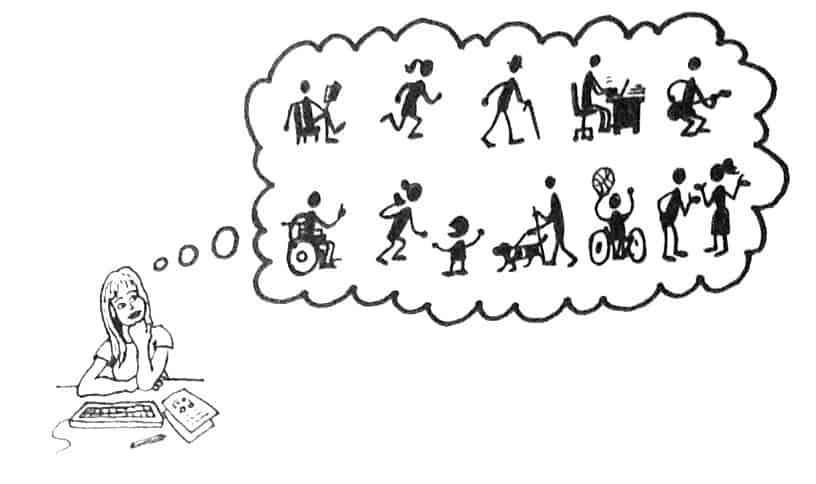
How will your interactive learning resource specifically ensure that the needs of all learners can be met?
Inclusive design should have “the needs of disabled people be considered throughout all phases of product development” (Newell et al., 2011). With this in mind, a key factor in interactive learning resources is accessibility. The ability for people with disabilities to perceive, interact, and understand services. As well as having them contribute equally without barriers. When writing an interactive learning resource, there needs to be concise writing and clear colour contrast to have the material as accessible as possible. This can help alleviate issues in people not understanding the material or inferring the information incorrectly. With our learning resource, which is primarily web-based, we will ensure that the content that is being written is being written as concise and simple as possible. We also want the resource to be self-paced, which means the learner is in control of the speed of the content being delivered. This can be especially useful for learners who may have a motor impairment or a cognitive impairment.
Since this is our first attempt at creating an interactive learning resource, the ability for us to 100% identify all the areas of our resource that needs improvement is difficult. However, a key step we can take is usability testing which is how well and effective the resource is to a user or learner. As well, we can have an iterative process where we keep improving on the previous design. To do this, it is important to test the interactive learning resource with test users to find out if there are any difficulties in understanding a concept or the wording to a sentence is confusing. By having test users, we can improve on the usability of the resource. We can also look into including test users, who have a disability, participate in the testing to develop a better understanding on which precise areas to improve. From the testing, we can gather all the information on where the test users had difficulties and develop plans to alleviate those issues, and in turn, have a more inclusive design which can meet more of the potential learner’s needs.
References
Newell, A., Gregor, P., Morgan, M., Pullin, G., & Macaulay, C. (2011). User-sensitive inclusive design. Universal Access in the Information Society. https://link-springer-com.ezproxy.library.uvic.ca/article/10.1007%2Fs10209-010-0203-y
Comments on Peer’s Posts
Hi Yoyo, I enjoyed reading your post. You mentioned combining diversified learning styles and I agree with that. Adapting to the type of learners you have makes the entire learning resource that much more effective. As well, with our current situation of COVID-19, I agree with the points you made on being more flexible to learners as this is new to most learners.
Hi Connor, I liked how you mentioned internet connectivity. Especially now, the internet is being way more depended on as all classes have moved to an online instruction method. You did a great job addressing this issue and how it can be possibly be solved. Adjusting for these new problems and preparing for any problems is important if we want to have an effective learning resource for learners.
